Alright – so today we’ve got the honor of introducing you to Hayley Besheer Santell. We think you’ll enjoy our conversation, we’ve shared it below.
Hayley , looking forward to hearing all of your stories today. What was it like going from idea to execution? Can you share some of the backstory and some of the major steps or milestones?
Back in 2012, I’d recently graduated from University of Missouri, and I moved to a little beach down in Florida called New Smyrna Beach with a college friend. Molly and I didn’t quite know what we wanted to do with our degrees, so we decided to take a break from the corporate job search and started bartending and serving at restaurants. She’d been in the fashion program, and I gained a degree in fine arts – so both being creatives, we started to get that “itch” for something more. In our spare time, we started researching reclaimed fashion ideas. This wasn’t really a concept at the time like it is now. We wanted to turn something existing/used into something new and different – which is interesting to look back on because I recently started a new side project called Slow Motion Goods where I do THIS! So, upon our research into sustainable fabrics (also something no one was talking about the time) and reclaiming clothing ideas, we stumbled upon a shocking statistic on a blog. This was it : underwear is the most needed and under-donated item of clothing. Not at that moment – but around that time, we pivoted and decided to instead start a brand that had a give-back mission. For every pair of underwear we made and sold, we’d donate a pair of underwear to help fulfill that need. Eventually, this turned into “for every item sold” when I started designing and selling more than just underwear. We decided to do more than donate underwear. We wanted to make everything ethically in the USA and out of sustainable fabrics — both rarities in the fashion world in 2012. Around this time during the development stage, Molly decided to not move forward in the business, and we remain best friends today.
I remember everything felt odd around this time. I’d tell friends and family I was starting a business, and it almost felt like a joke at first. It was weird to get used to, because even I didn’t quite fully confidently believe that it was happening. I never imagined or planned to become an entrepreneur – it just happened.
That’s when things got pretty wild…Since every area of my model was either brand new to the market or very rare, I didn’t have many leaders to follow, and I had a steep learning curve to face. Every day, I was learning what felt like fifty new things, and trying to keep up! Google became my best friend, and with no degree in fashion and no contacts in the fashion world, I had to figure out everything on my own. I found a cut and sew manufacturer in Hemingway, South Carolina, who decided to take a chance on a startup like mine. I found a pattern maker a few miles away in Florida – Maria from Ecuador who studied fashion at F.I.T.. I met with a logo designer and worked on a website. I filed all of the necessary LLC filings and everything necessary to start a business. I made a budget, made a business plan, and I created a plan to raise $20,000 to start the business debt-free. I ended up moving to Kansas City, MO where I’m from originally after a few months of launching the brand because of all of the entrepreneurial/start-up support we have here. It was certainly a wild ride, but I’ve learned a lot over the last ten years. I’m currently writing a series of books/manuals to help others who are wanting to create and sell their own clothing line, because it’s not easy, and there aren’t a lot of resources out there to help.

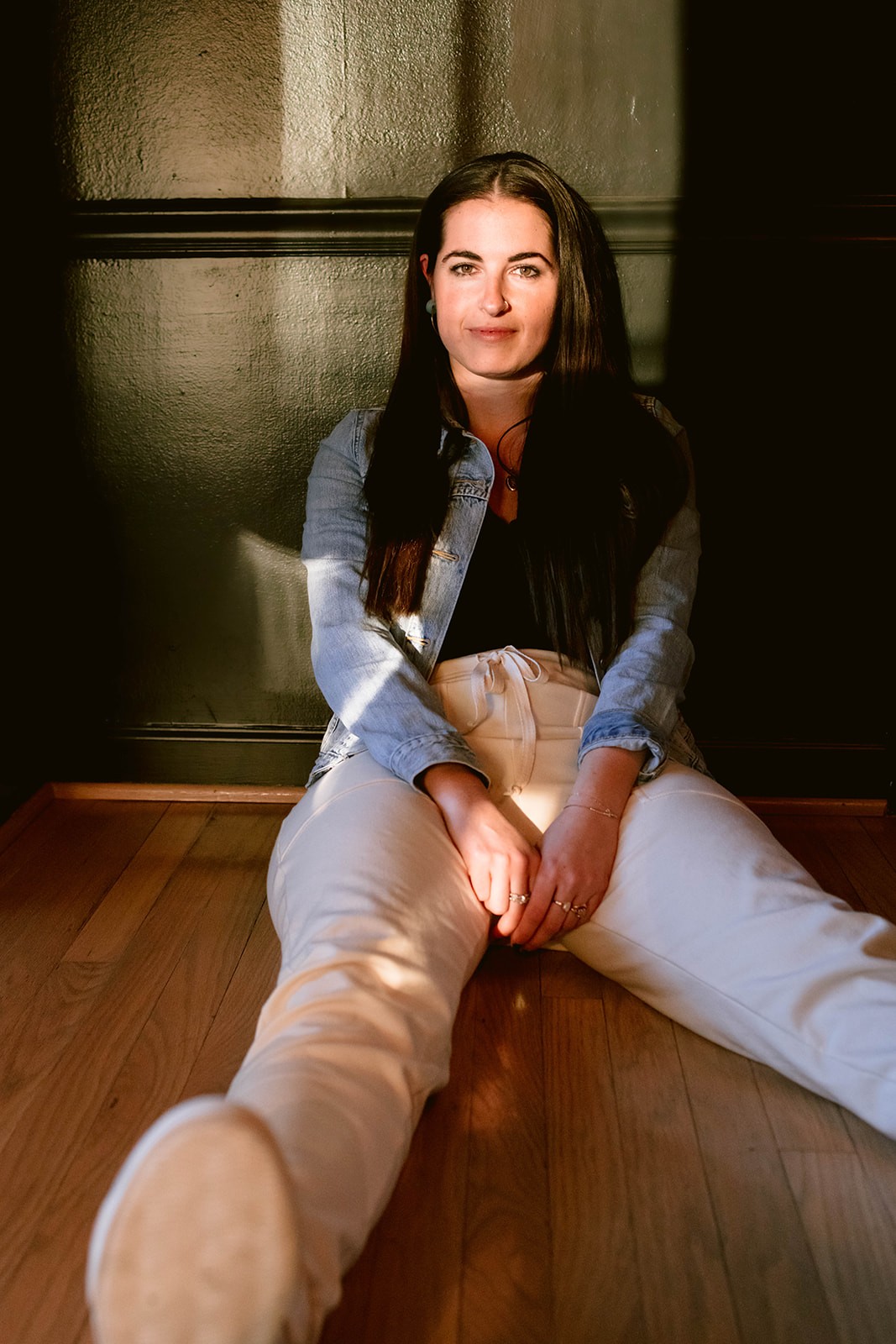

Great, appreciate you sharing that with us. Before we ask you to share more of your insights, can you take a moment to introduce yourself and how you got to where you are today to our readers
I began developing my cause-based brand MADI Apparel in 2013 after learning that underwear is the most needed and under-donated item of clothing. It’s the only item that can’t be donated used, and people don’t think to buy it new to then donate it. Around the same time, I learned that a family member of mine was once a survivor of domestic violence, and that really made my specific business plan very tied to my personal story/journey. Underwear is on the most urgent needs list at domestic violence shelters mostly year-round. So, I decided to form a business that would empower women through new underwear donations in very crisis/critical stages of life like domestic violence, disaster relief, homelessness, etc where underwear donations can really bring confidence, comfort and fulfill hygienic needs. I wanted to ensure that every other area of my business made a difference, too. There are many brands that are doing great things in one area, but perhaps are sourcing plastic fabrics like polyester or using sweat shops to sew the clothing as examples. I wanted to feel proud every element in our model. So, I decided our non-negotiables as a brand from day one would be: donating a pair of underwear for every item sold, making all items in the US (for eight years they’ve been made in Kansas City where we’re headquartered, so even closer, where we pay a living wage to all sewers), using sustainable and wasted fabrics, and keeping our waste as low as possible.
I’ve been an artist for as long as I can remember. My grandma was a professional china painter, and made the most beautiful, detailed work. My mom, too, was gifted with the ability to draw and paint. Painting and the need to create have always been at my core, have always come natural to me. I used to hand paint and hand-sew felt hearts onto tshirts for friends. In my spare time, I make paintings for friends and have even done a few murals. In college, I have dual degrees in Journalism and Fine Arts, and I also have studied (twice) at Florence University of the Arts. So, when I decided to get into fashion design, I didn’t know much about the element of fashion, but I was very confident in the sketches and conceptual design. My strategy is collaborating with artisans who are badass in their careers, who do things better than I do. So, I come up with all designs through sketches, concepts, measurements, and then I contract a local pattern maker to make patterns for every design. I’ve worked with our local pattern maker and one of our local cut and sew teams for the last eight plus years. Our local cut and sew team works with me to make prototypes until the pieces go into final production. We’re one of 3% of the world’s fashion brands to pay a living wage to our sewers, and to do so in our very city, bringing jobs and opportunities to the local artisan sewing community.
To me, our brand is very different, because ten years later, we’re still one of few brands focused on making a difference in ALL areas — fair wages, local production, sustainable and biodegradable fabrics and materials, low to no waste, and designing staple non-trendy products. Each of these elements is rare in the fashion industry, and to combine all of them is honestly unheard of. We’re approached often about opportunities to bring our production abroad or to lower our pricing by sourcing cheaper unethical fabrics, etc. I’m very, very proud that I’ve never “settled” and always have stood up for what I believe in as a person and as a brand.
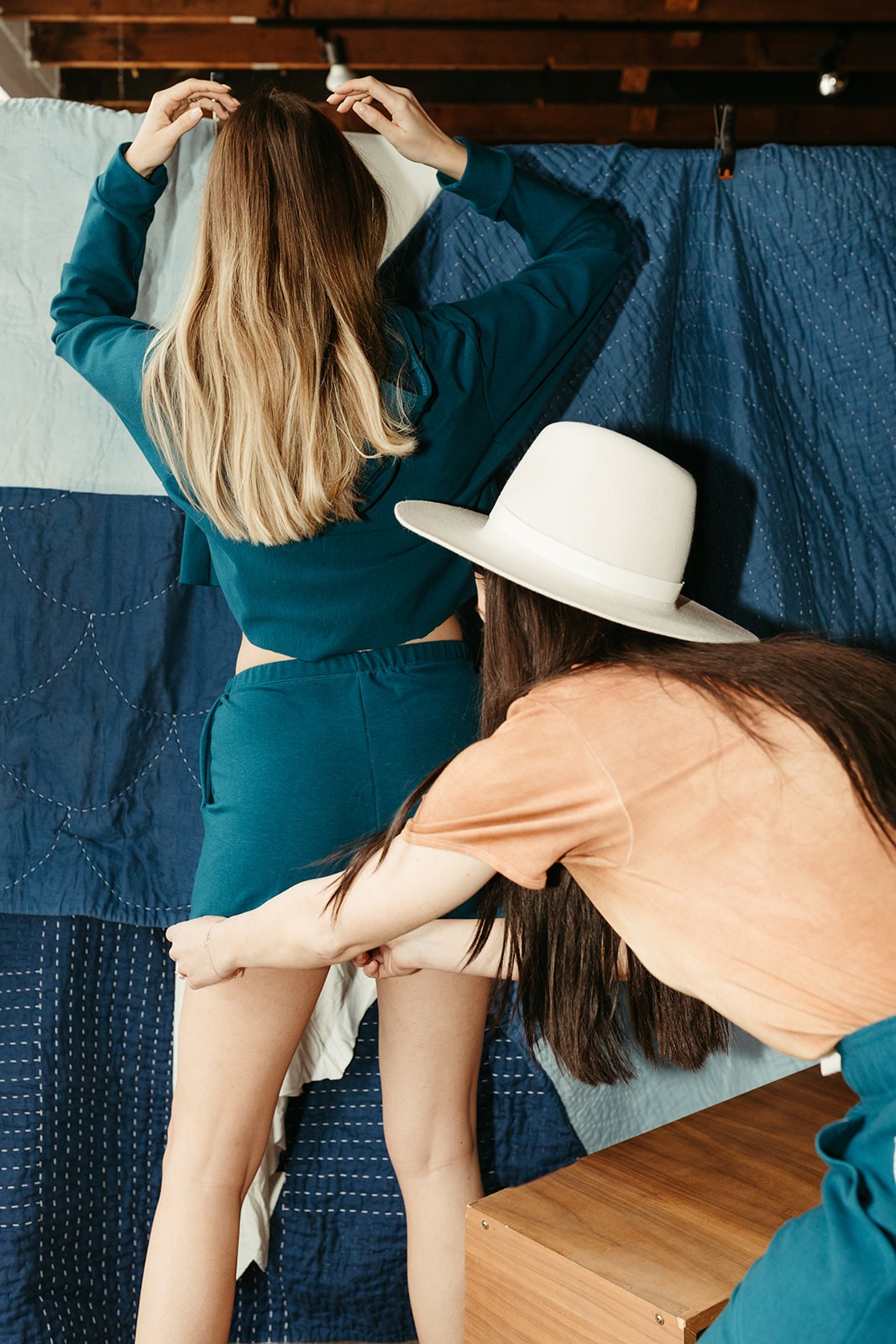
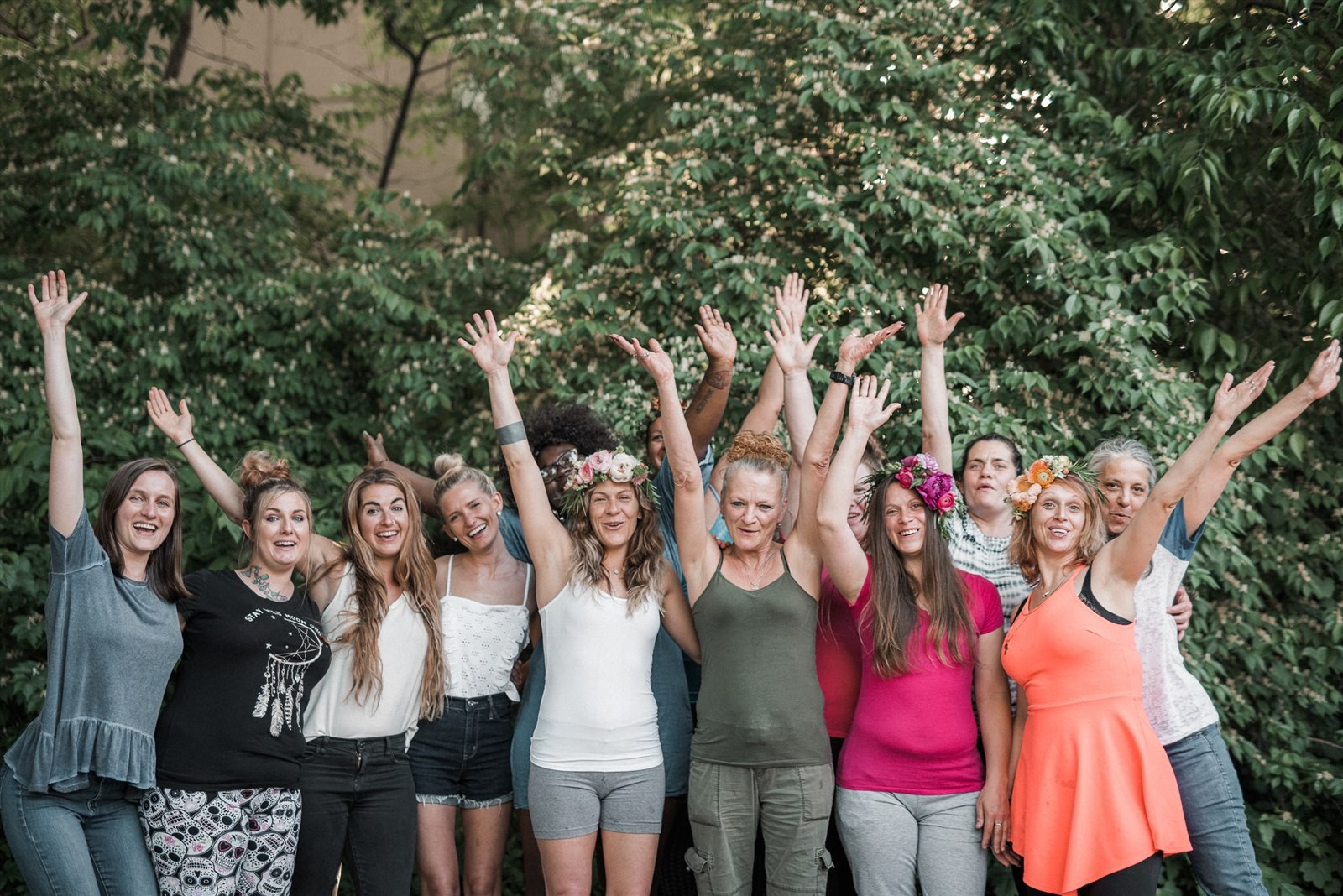
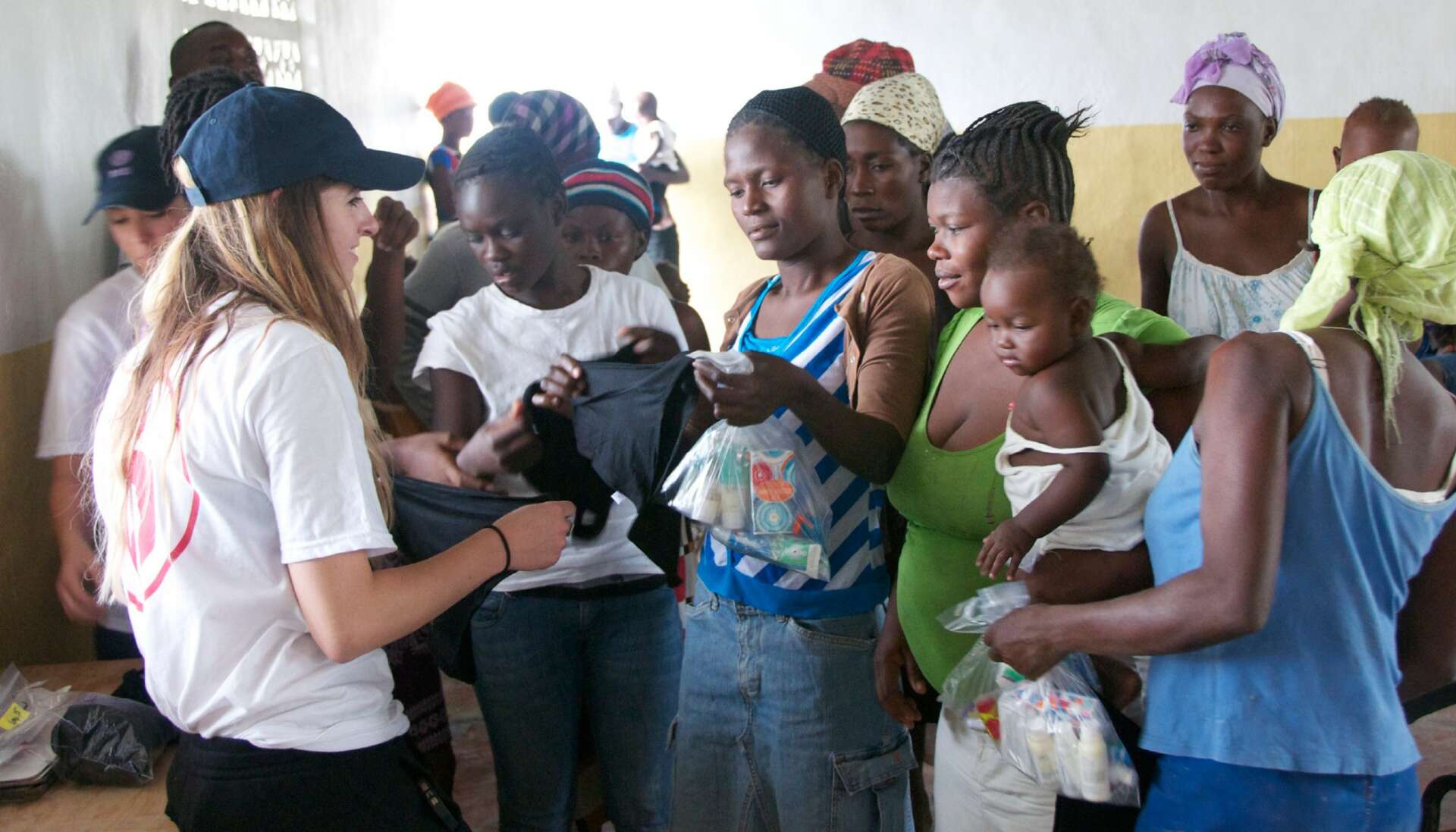
Can you open up about how you funded your business?
One of the smartest moves I made early on was to start my business 100% debt-free. I decided to plan and execute a series of fundraisers that helped me raise over $25,000 to start the first production run of my underwear line and cover initial startup costs. First, I started an Indiegogo campaign which beat our $14,000 goal and ended up bringing in over $16,000. This was helpful not only for the funds (that I’d never have to return or pay interest on) to help me get started, but also for the immediate email list/following. It helped me gain a couple hundred email followers that I could keep in the loop and hold on to over the years, building from there.
Next, I held a local fundraiser in the city I lived in Florida, which I highly recommend. This is a way to bring your already-supportive network together in person to support you and what you’re supporting. I raised another $7,000 at this local fundraiser.
I ended up doing one more Indiegogo campaign a few months after launching to help fundraise for a second collecti0n. This brought in a lot less (about $2,500), but it helped me with cash flow to continue growing and expanding products.
Lastly, I held down a “funder job” and worked very hard to raise my own funds to contribute. I recommend bartending, serving, or a very community-facing job if you’re looking for funder job ideas. Not only did I save a lot of fast cash to pay my bills and extra to start my business, but I also met tons of “regulars” who helped make my dreams possible. I invited them to my local fundraiser, and many of them were my first paying customers!

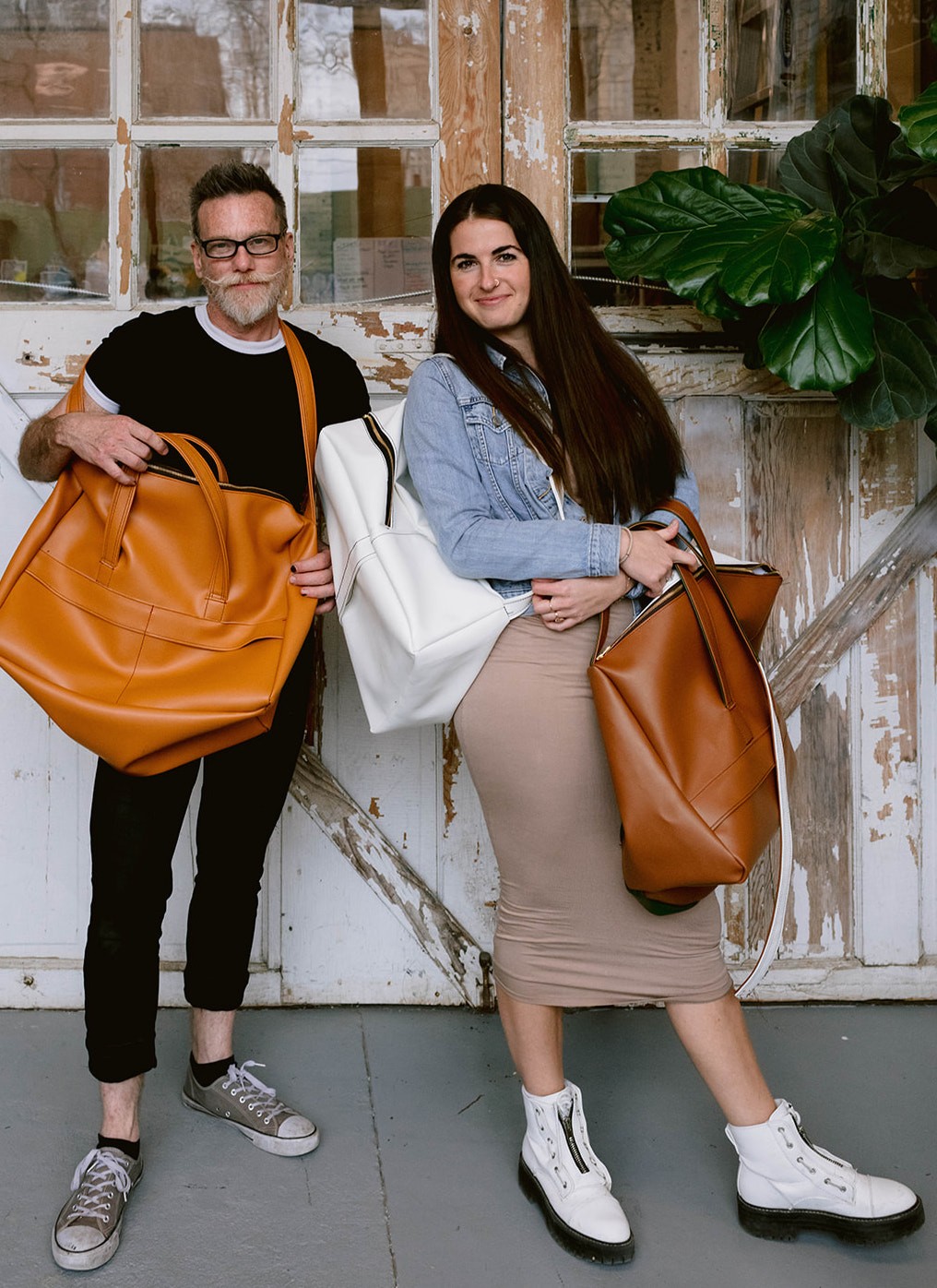
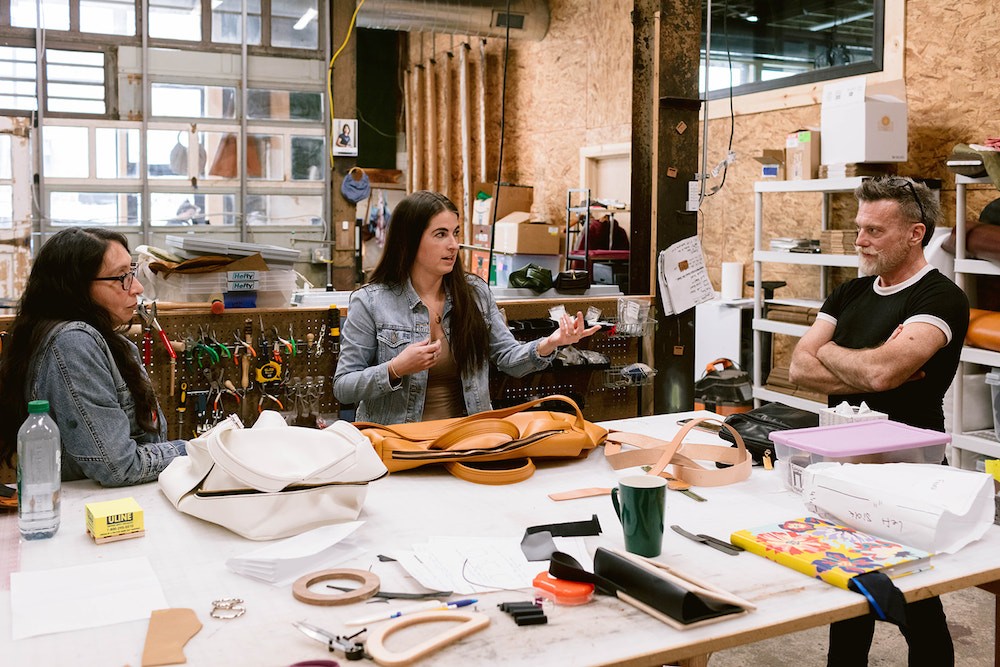
Are there any books, videos, essays or other resources that have significantly impacted your management and entrepreneurial thinking and philosophy?
Yes! Aesthetic Intelligence is one of my favorite books that helped me so much in beautifying and narrowing our branding to be “uniquely ours”. I highly recommend starting this before solidifying a logo or branding colors/fonts/”voice”, etc. If you’ve already launched a brand and you’re reading this, it’s not too late! I read this book after being in business for seven years, rebranded, and it was the best decision. It’s never too late to really hone-in to your branding.
Contact Info:
- Website: www.madiapparel.com
- Instagram: https://www.instagram.com/madi_apparel/
- Facebook: https://www.facebook.com/madiapparel/
- Youtube: https://www.youtube.com/channel/UCadxh4W7tkpITN08lwGlYag
Image Credits
Fallon O’Connor Tara Shupe Ali Happer


